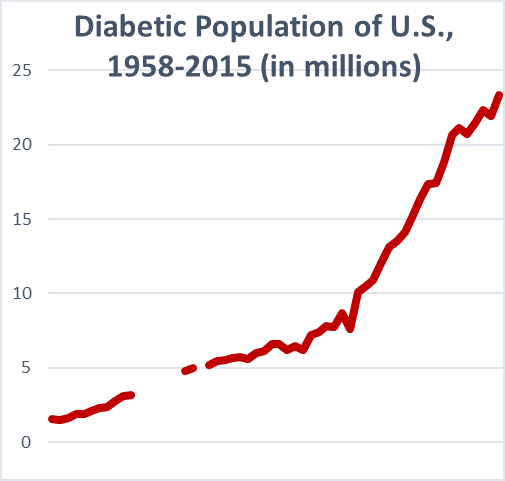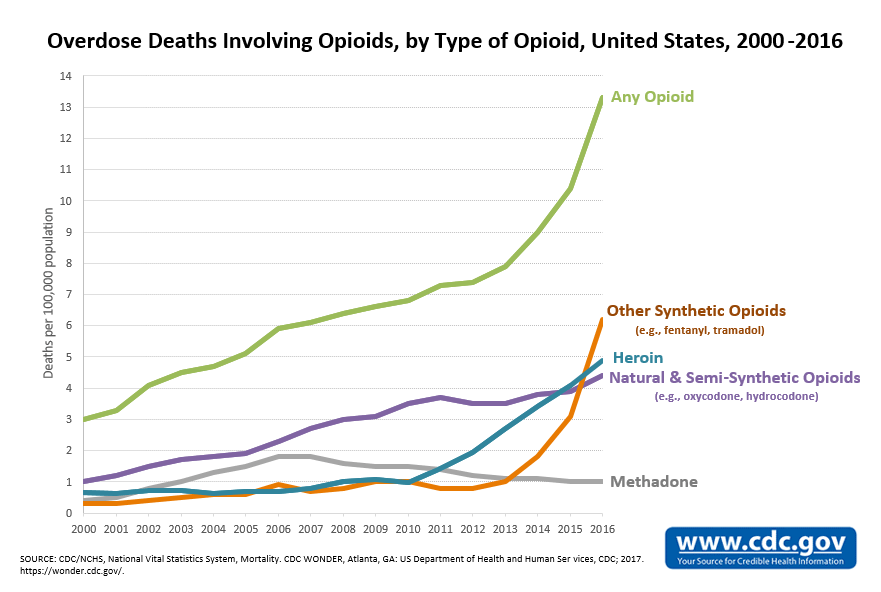It’s time to get serious about kidney health. Fifteen percent of Americans—about 30 million people—suffer from chronic kidney disease, or CKD. So why don’t we hear about it? Why aren’t people talking about it? One major reason is lack of awareness. Nine out of ten Americans with stage three CKD do not know they have it.
Risk Factors
What causes kidney failure? A lot of things. Sometimes a combination of different things. Sometimes it’s not clear. According to research done by the American Kidney Fund, new cases of kidney failure breakdown by primary cause as follows:
- Diabetes 44%
- High Blood Pressure 28.4%
- Glomerulonephritis 7.9%
- Cystic/hereditary congenital disease 2.2%
- Urological disease 0.5%
- Other known Cause 10.7%
- Missing Cause 3.2%
- Unknown Cause 3.1%
Diabetes
Diabetes is the number one cause of kidney failure, and the increase in kidney failure is highly correlated to a major increase in diabetes. In 1960, less than one percent (1.6 million people) of the US population had diabetes (Centers for Disease Control and Prevention 2017). In 2015, 7.4% (23.4 million) were diagnosed and an estimated 2.3% (7.2 million) remain undiagnosed (Centers for Disease Control and Prevention 2017). Over a third (84 million) of Americans in 2015 had prediabetes.

Diabetes and CKD
About 40% of people with diabetes will get CKD (American Kidney Fund 2015). That means millions of cases of CKD from diabetes alone, and the number is only going up.
Most people (69%) participating in a 2011 nationwide survey by the American Kidney Fund could not name diabetes as a leading cause of kidney disease, even though over half (55%) had a loved one with diabetes (American Kidney Fund 2015).
Hypertension (High Blood Pressure)
Hypertension is the second most prominent cause of kidney failure. Hypertension rates have also been consistently rising in recent years. According to research conducted by the American Heart Association, the prevalence of hypertension is expected to increase 7.2% from 2013 to 2030 (American Heart Association Statistics Committee and Stroke Statistics Subcommittee 2013).
Given that one in three Americans (75 million people) have high blood pressure (Centers for Disease Control and Prevention 2016), that’s a significant increase. Also consider that only about half (54%) of people with high blood pressure have the condition under control (Centers for Disease Control and Prevention 2016).
Most people (85%) participating in a 2011 nationwide survey by the American Kidney Fund could not name high blood pressure as a leading cause of kidney disease, yet most of them (75%) had a loved one with high blood pressure (American Kidney Fund 2015).
Risk factors for hypertension include (Centers for Disease Control and Prevention 2016):
- Smoking tobacco.
- Eating foods high in sodium and low in potassium.
- Not getting enough physical activity.
- Being obese.
- Drinking too much alcohol.
Other Risk Factors for Chronic Kidney Disease
Many factors can increase chances of diabetes and hypertension, as well as cause kidney disease and failure in other ways.
Drug Use
Various recreational and medicinal drugs have potentially damaging effects on the kidneys. For examples see https://drugabuse.com/library/effect-of-drugs-on-the-kidneys/.
Drug abuse, specifically of opioid painkillers, is another health crisis currently occurring in the United States. In 2015, 91.8 million (37.8%) U.S. civilian, noninstitutionalized adults used prescription opioids; 11.5 million (4.7%) misused them; and 1.9 million (0.8%) had a use disorder (Beth Han, et al. 2017).

Rhabdomyolysis
Rhabdomyolysis, a disorder involving rapid degeneration of skeletal muscle, often leads to acute kidney injury (AKI) and kidney failure.
Drug and alcohol use is responsible for 46% of rhabdomyolysis in hospitalized patients. In those with rhabdomyolysis, AKI was diagnosed in 46% of patients and resulted in 3.4% mortality. Rhabdomyolysis may be seen with heroin overdose and from opioid withdrawal (Mallappallil, et al. 2017).
Obesity
Obesity is a major risk factor for diabetes and high blood pressure. Medical research shows that obesity is associated with an increased risk of developing stage 3 CKD (Willaims 2013).
According to data from the National Health and Nutrition Examination Survey, 39.8% of adults are obese. Middle aged adults (42.8%) have a higher obesity rate than young adults (35.7%) (Hales, et al. 2017).
As those currently middle-aged adults enter old age, many of them will encounter CKD and kidney failure.
Need for Dialysis Technicians
All these factors combined speak loudly and clearly: there is a growing need for treatment of kidney failure. Given that Dialysis is the primary tool for treating kidney failure, that means there is a growing need for dialysis technologists.
Midwestern Career College’s Dialysis Technologist Training Program is a BONENT-approved training program that prepares students for engaging careers in hemodialysis. Alumni can go on to work in hospitals, dialysis centers, and even cruise ships and travel clinics. Interested in learning more about dialysis? Call (312) 236-9000 or email admissions@mccollege.edu and set up a campus visit today!
References
American Heart Association Statistics Committee and Stroke Statistics Subcommittee. 2013. “Heart disease and stroke statistics—2013 update: a report from the American Heart Association.” Circulation e6-e245.
American Kidney Fund. 2015. “2015 Kidney Disease Statistics.” American Kidney Fund Web Site.
Beth Han, MD, PhD, MPH, MD, MPE Wilson M. Compton, MD, PhD Carlos Blanco, PhD, MPH Elizabeth Crane, PharmD Jinhee Lee, and PharmD, MPH Christopher M. Jones. 2017. “Prescription Opioid Use, Misuse, and Use Disorders in U.S. Adults: 2015 National Survey on Drug Use and Health.” Annals of Internal Medicine 293-301.
Centers for Disease Control and Prevention. 2016. “Centers for Disease Control and Prevention High Blood Pressure Fact Sheet.” Centers for Disease Control and Prevention Web Site. June 26. Accessed January 24, 2018. https://www.cdc.gov/dhdsp/data_statistics/fact_sheets/fs_bloodpressure.htm.
2017. “Long-Term Trends in Diabetes.” Centers for Disease Control and Prevention Web Site. November 14. Accessed January 24, 2018. https://www.cdc.gov/diabetes/data/.
2017. “National Chronic Kidney Disease Fact Sheet, 2017.” Centers for Disease Control and Prevention Web Site. Accessed January 24, 2018. https://www.cdc.gov/diabetes/pubs/pdf/kidney_factsheet.pdf.
2017. “National Diabetes Statistics Report, 2017.” Centers for Disease Control and Prevention Web Site. Accessed January 24, 2018. https://www.cdc.gov/diabetes/pdfs/data/statistics/national-diabetes-statistics-report.pdf.
Hales, Craig M., Margaret D. Carroll, Cheryl D. Fryar, and Cynthia L. Ogden. 2017. “Prevalence of Obesity Among Adults and Youth: United States, 2015–2016.” NCHS Data Brief.
Mallappallil, Mary, Jacob Sabu, Eli A. Friedman, and Moro Salifu. 2017. “What Do We Know about Opioids and the Kidney?” International Journal of Molecular Sciences.
Willaims, Mark E. 2013. “Diabetic kidney disease in elderly individuals.” Med Clin N Am 75-89.

